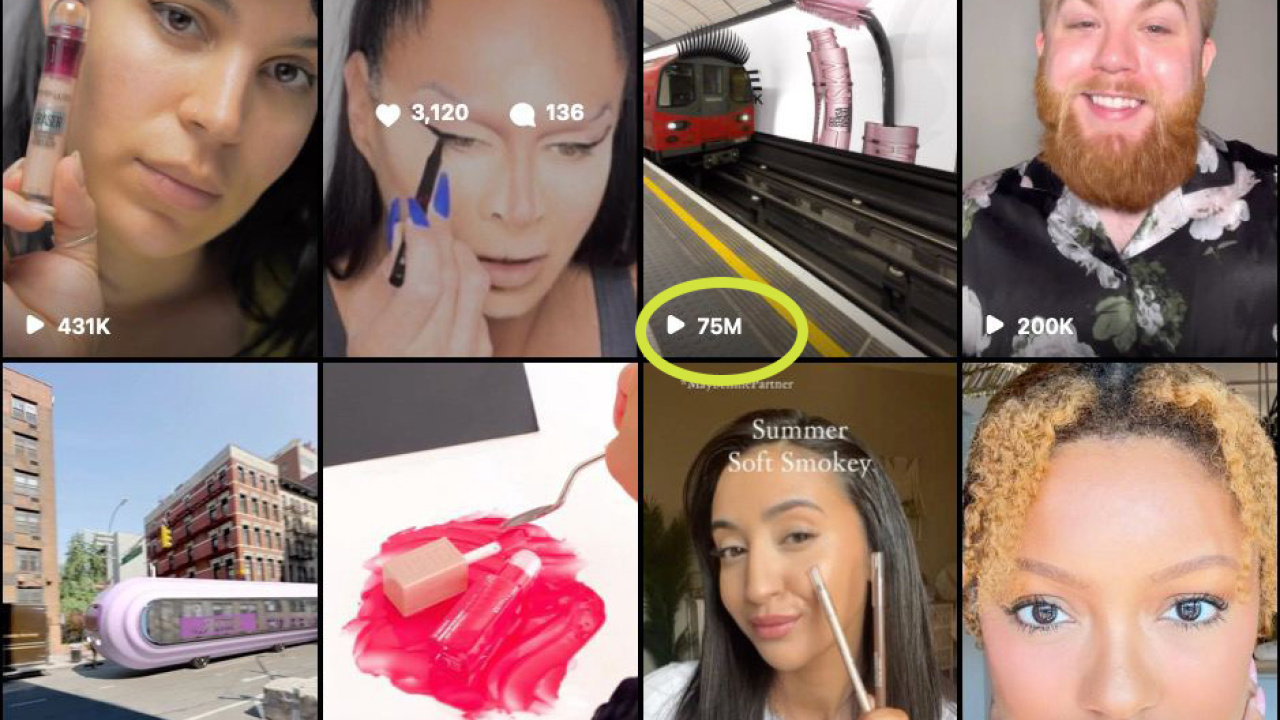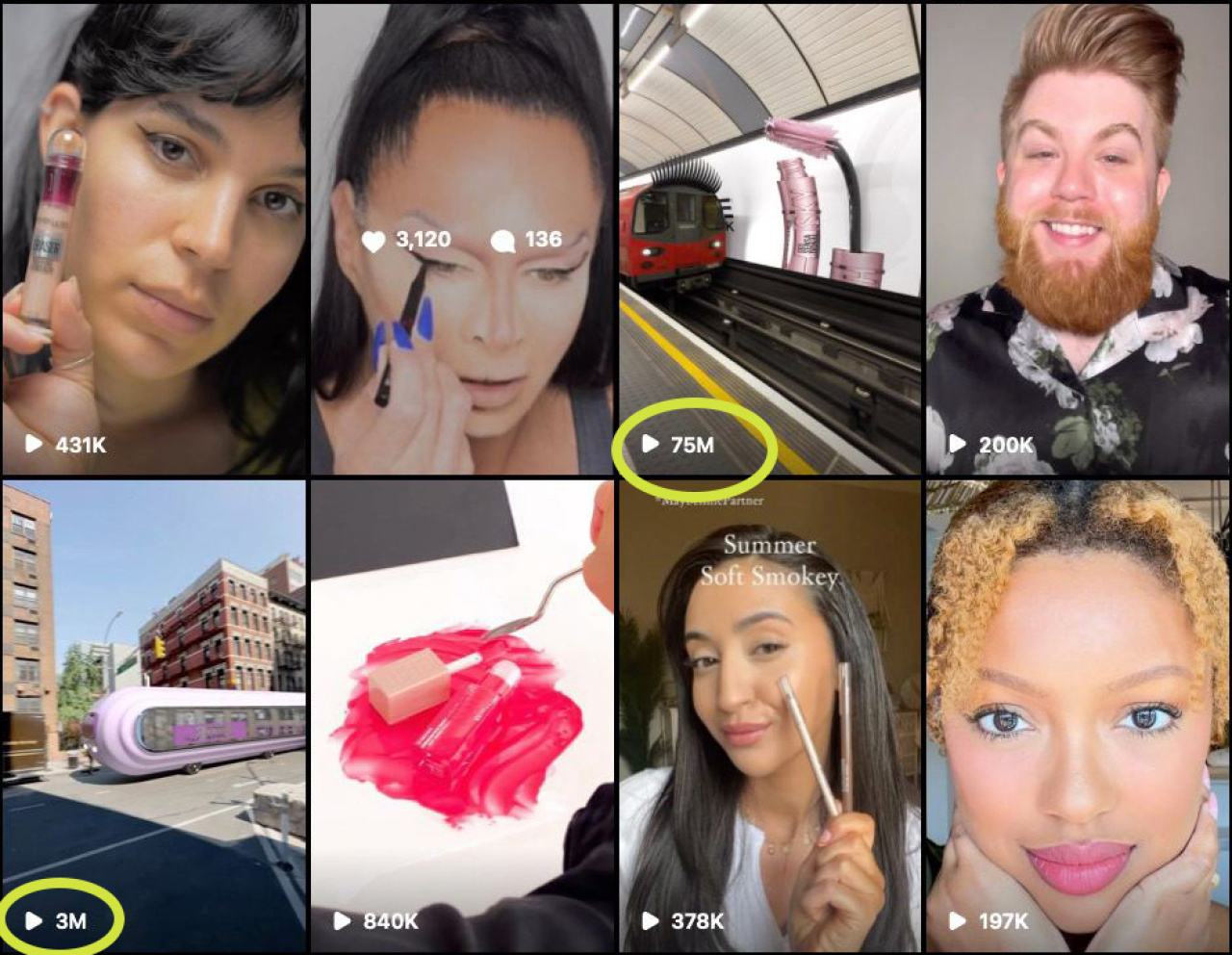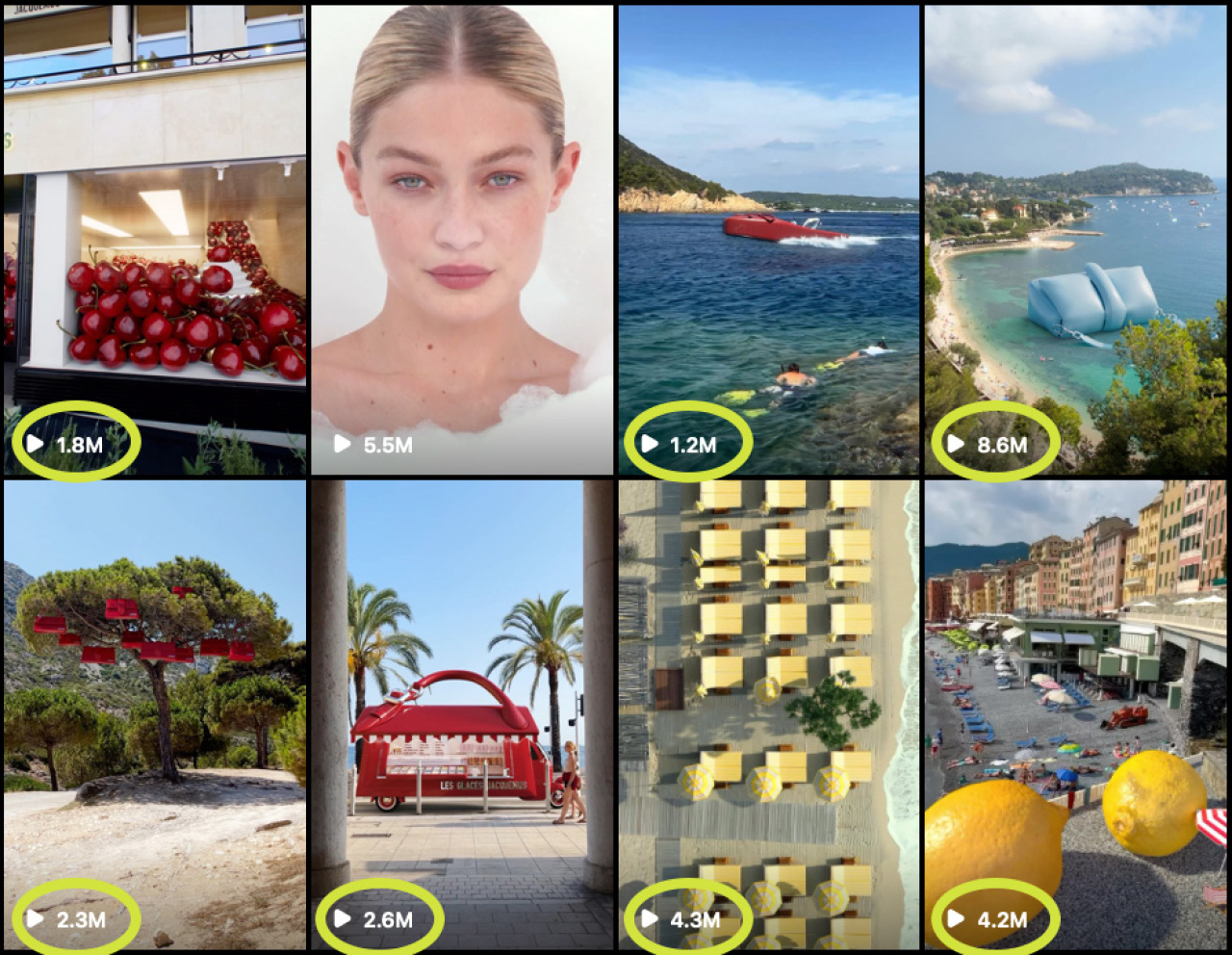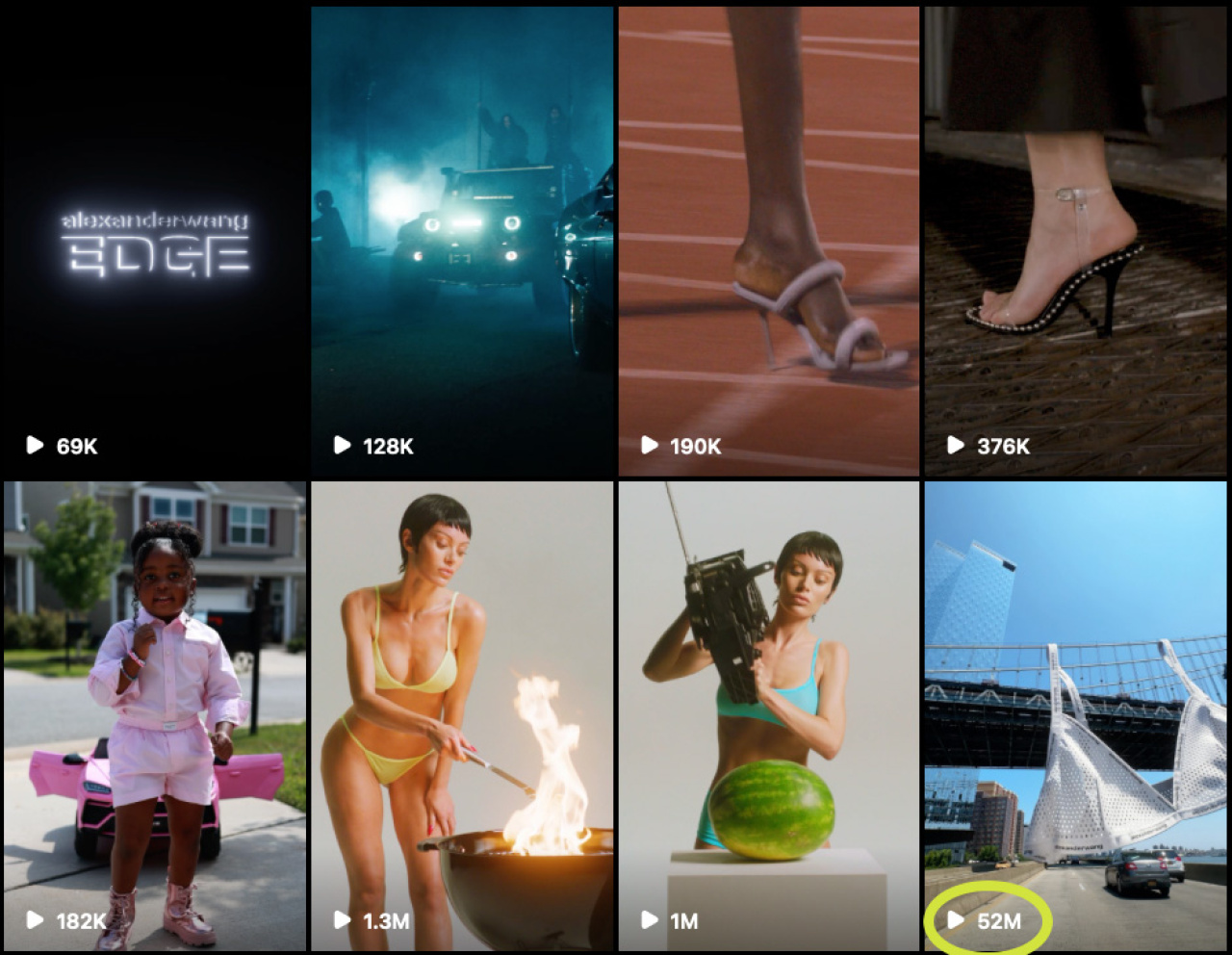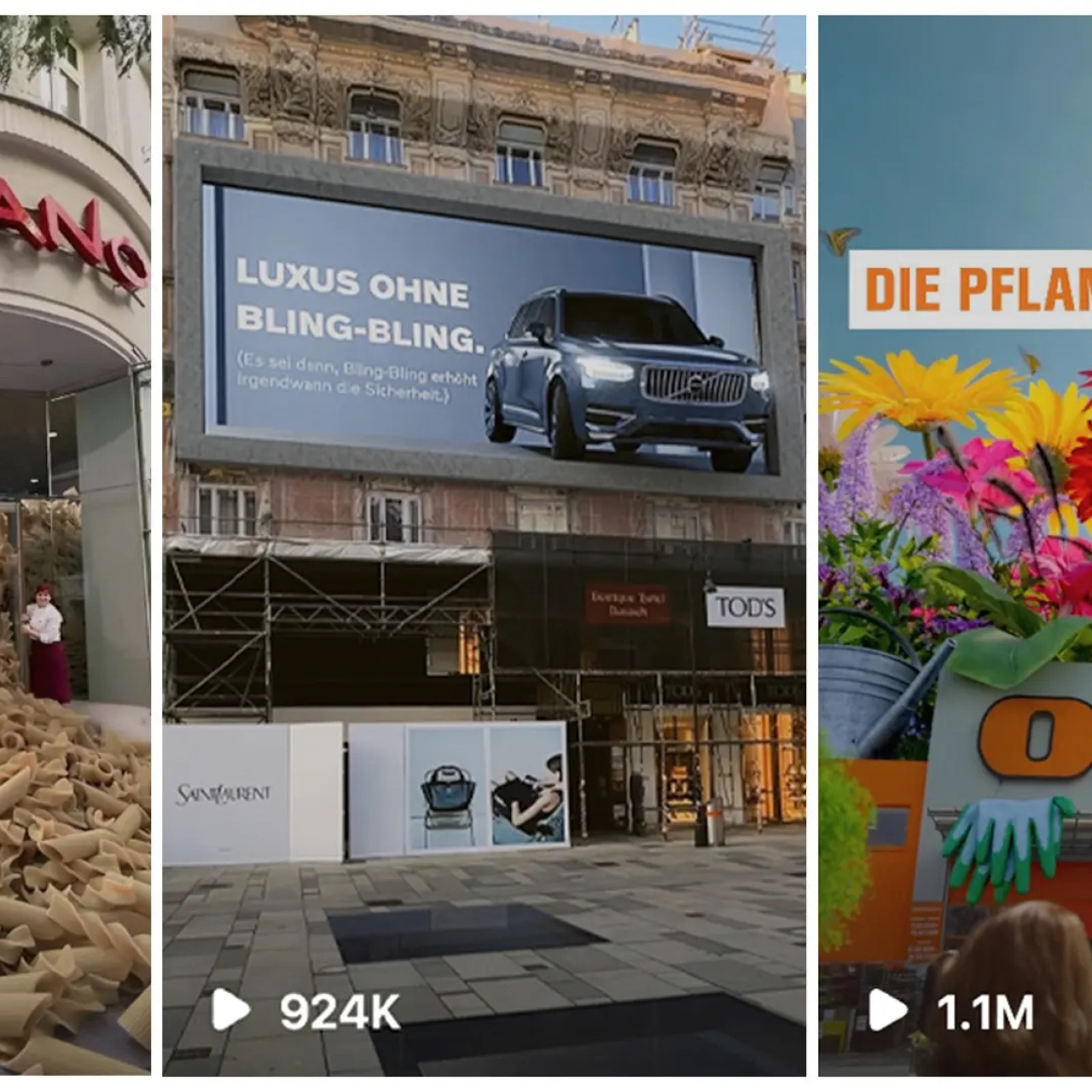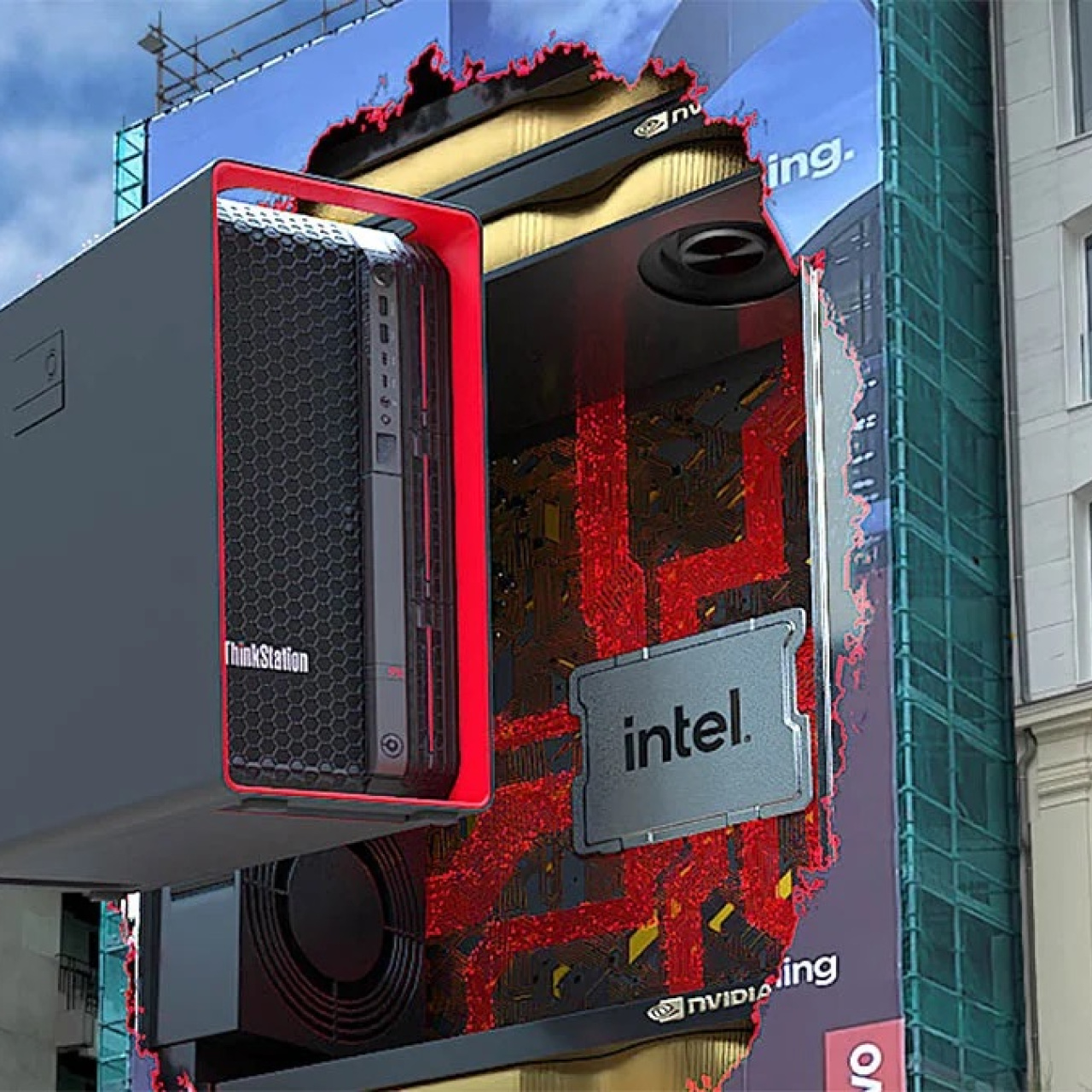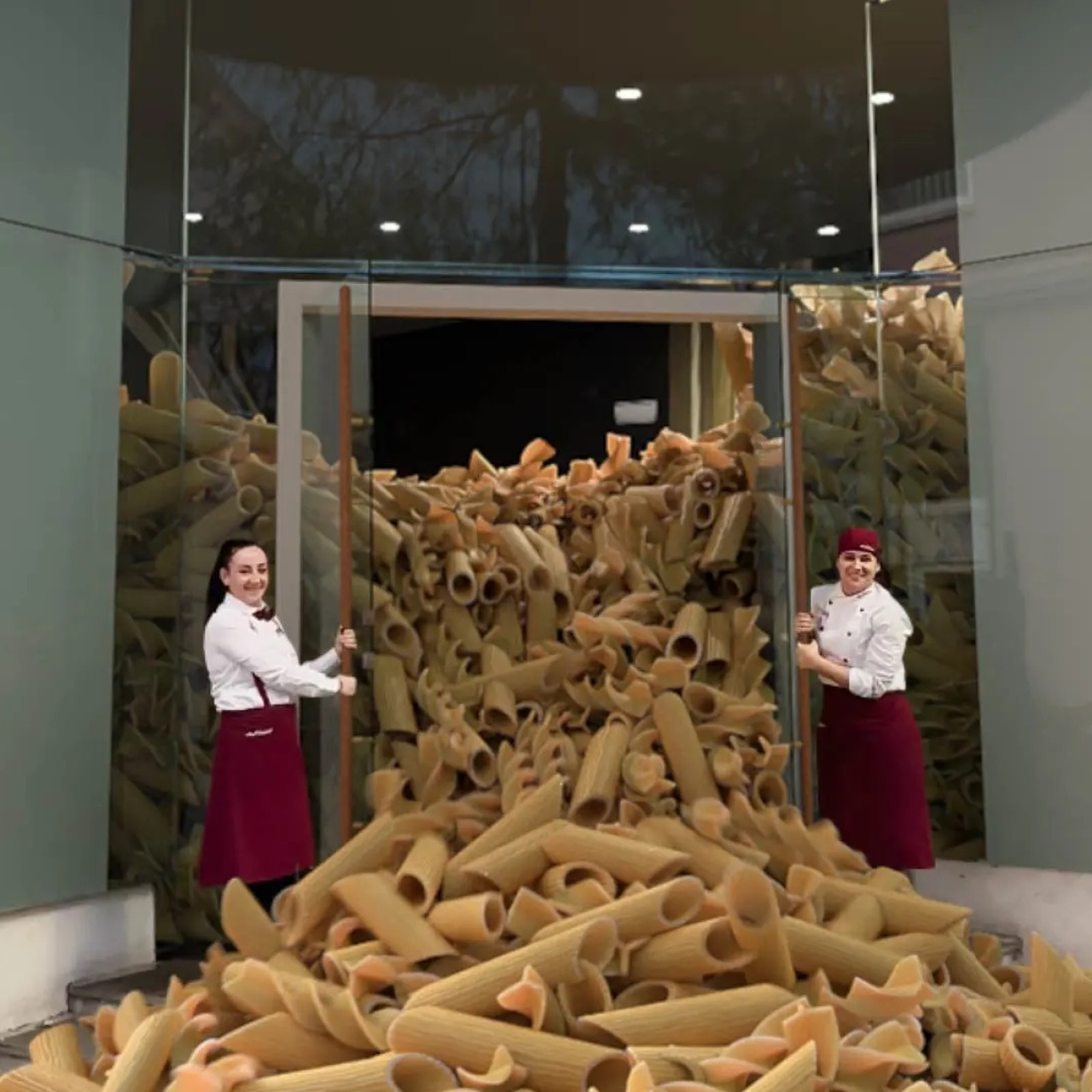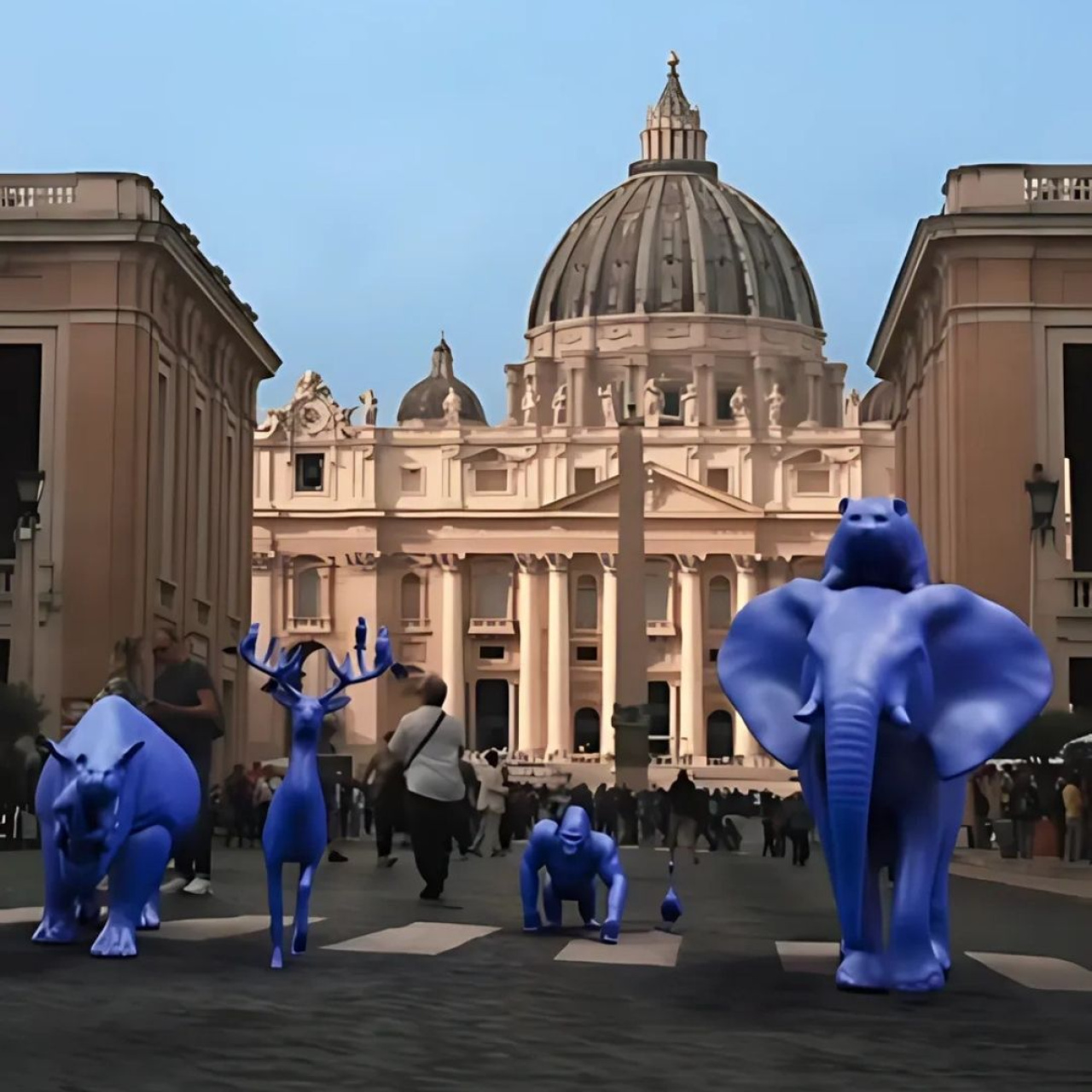2024 was quite a year for "Fake Out of Home advertising" or "Fake OOH." This new form of advertising quickly gained traction over the past year, especially among fashion and lifestyle brands, and has been the talk of marketing circles ever since.
FOOH ads have been taking the advertising industry by storm, but what exactly does it mean?
The wording for this new-age marketing has yet to be 100% defined. Mixed Reality Videos, Augmented Reality Videos, Virtual Reality Videos, Fake Ads, CG Ads, and CG Marketing are some of the terms used to describe it.
Essentially, Fake Out of Home is a form of advertising that combines computer-generated imagery (CGI) and real video footage to create an illusion of an immersive, short-form ad that appears as if it is taking place in a real-world location.
These ads are then shared on social media platforms, such as Instagram and TikTok, to reach a larger audience. Let's explore what FOOH ads are and why you should care about them.
What is Fake Out of Home?
Fake OOH advertisements, or as we like to call them, "Mixed Reality Videos," are compositions of real videos with computer-generated imagery (CGI). In summary: putting/tracking 3D objects in a conventional video.
In general, the use of CGI is nothing new; Hollywood has been doing that for quite some time already. In fact, the first feature film to use CGI was "Westworld" (1973), and the first film to ever use CGI was "Vertigo" (1958), a movie by Alfred Hitchcock. It was used in the film's opening credits.
If you want to know more about this new marketing trend, read our 2024 guide on everything you need to know about FOOH.
As you can see, CGI has been around for a long time; most of us just haven't noticed it. So, why is it such a big deal in the world of advertising now?
Why Should You Care? 5 Benefits of Using Fake Out of Home
Fake Out of Home ads offer a unique and innovative way for brands to showcase their products or services. With the rise of social media and short-form content, these ads are perfectly suited to grab the attention of younger audiences constantly scrolling through their feeds.
Here are the top 5 benefits of using FOOH ads for your brand:
1. High engagement
FOOH ads are short-form in nature. These ads can quickly rack up millions of views because of their entertainment (and often shock) value. Just look at Maybelline on Instagram, for example. Their typical content gets about 200,000 views on average, but their Fake Out of Home ads easily reach millions of views.
While the 8-minute attention span claim has been debunked (multiple times!), attention is still money. The true claim?[1] Good storytelling keeps people hooked for longer - the same reason people can binge-watch a TV series for hours.
And if showrunners can do that with hours, imagine what brands can do in just seconds!
2. Unlimited possibilities
With CGI or AR technology, the sky (or your budget) is the limit. Want life-sized versions of your products roaming the streets of New York for your campaign? No problem. Want to place a huge clothes line on top of the Statue of Liberty to showcase your new clothing line? Consider it done.
Just look at Jacquemus' Instagram page. It's filled with absurd and unconventional ads that showcase the brand's quirkiness and avant-garde fashion. These types of ads are only possible with Fake OOH technology. And, of course, they get millions of views, too.
3. Cost-effective
Believe it or not, Fake Out of Home ads are relatively cost-effective compared to traditional out-of-home advertisements such as billboards or bus stop ads. With Fake Out of Home, you don't need to pay for physical space or printing costs; you only need an excellent CGI and video production team.
And with social media platforms offering targeted advertising options, brands can reach their desired audience without spending on expensive billboards that may not even be seen by their target market.
Plus, FOOH ads are a great cost-saving method for testing a new campaign idea or product before investing in a full-scale traditional marketing campaign. Producing a FOOH asset is relatively quick, making it perfect for testing new ideas.
4. High potential to go viral organically
With various short-form content on Instagram Reels, FB shorts, and TikTok competing for views, going viral organically can be challenging. FOOH ads have a wow factor that stays with your viewers, making them more likely to share it with their friends and followers.
Take Alexander Wang's huge FOOH CG installation, for example. It received over 50 million views on Instagram, compared to the hundreds of thousands or several million views of their more normal posts. Going viral means more exposure for your brand and the potential to reach new audiences.
5. Offers a more sustainable option
As brands and consumers become more conscious of the impact of consumption on the environment, Fake Out of Home ads offer a more environmentally friendly solution to advertising. With no need for physical materials or space, these ads significantly reduce carbon footprint and waste.
You don't have to fly out your creative team and spend on transportation, accommodations, and production materials to install a physical ad. Plus, with digital tracking and monitoring, brands can easily see the performance of their Fake Out of Home ads in real-time and make adjustments as needed without wasting paper or material.
Your ads also don't need to be reinstalled repeatedly because they were ruined by the weather or vandalized, as it does with more traditional forms of advertising. With the rise of green and sustainable branding, FOOH ads can give your brand a competitive edge.
Potential Considerations of Fake Out Of Home Ads
Fake Out Of Home ads often get negative connotations because of the "Fake" aspect. Some people argue that it's misleading and unethical, while others champion that it's simply a new and creative way for brands to showcase their products.
Another potential consideration is the legality of using certain locations or landmarks in FOOH ads. These ads will often hinge on footage of recognizable locations, and brands must be careful not to infringe on copyrights or trademarks.
You might need to obtain permission or pay licensing fees to use certain locations in your Fake Out Of Home ad campaigns, which is why it's crucial to work with a creative team that truly understands the legalities and best practices of using CGI in advertising.
At rendersnek, we do our homework in researching and obtaining any necessary permissions to ensure your FOOH ads are both effective and ethical. Got a question or an idea? We'd love to hear from you.
Conclusion
FOOH advertising has revolutionized how brands advertise, allowing you to advertise in places where you could never reach before, in ways that traditional advertising could never do. Because of its cost-effectiveness and high-engagement potential, it's no wonder more and more brands are going crazy for this type of advertising and taking a bite out of FOOH pie.
And the numbers don't lie either. FOOH ads have been proven to be more effective in capturing attention and driving engagement than traditional out-of-home forms of advertising. It’s safe to say that this trend is going nowhere and is here to stay, so this is certainly an exciting time for marketers and advertisers to explore the endless possibilities that FOOH ads can offer for their brand.
Our suggestion: Give fake out of home advertisement a try!
